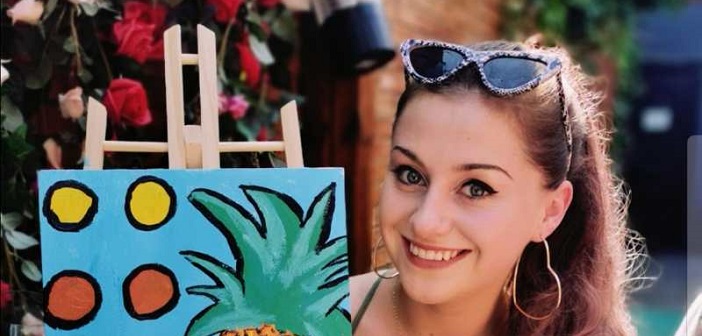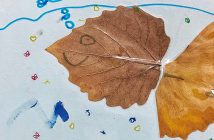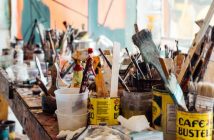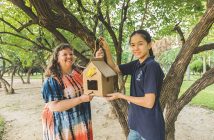It’s widely believed that for someone to be a true creative, a legitimate artist, there must be a calling. A calling that can come in different ways, and it is the job of the artist to listen for it lest they miss it. For an artist like Pablo Picasso, it was the simple draw of a pencil as a child which marked the start of his expansive and dynamic artistic legacy. Some people also rather wrongly believe that artistic ability can only be innate: guided and shaped rather than taught. But many established artists and current art students and lovers would beg to differ with that statement. So would Riley Seager, the art teacher at the House of Knowledge International Kindergarten (HoK).
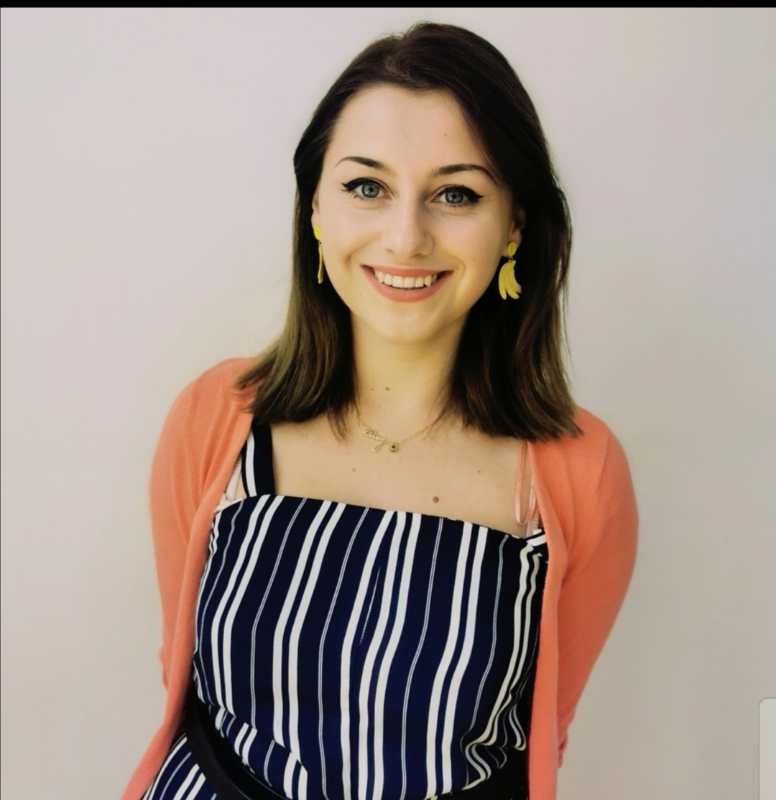
Seager’s start in art is as colorful as it is sentimental. “Every British person born in the ’90s will remember a TV show called “Art Attack.” This was a show dedicated to children to teach them how to make different art projects. It was easy to follow and the presenter was energetic and passionate about art,” the UK native offers on her formative experiences with art, adding “I would watch this show religiously and give my mum weekly lists of materials I needed to make the projects. “Art Attack made me feel like I could accomplish any art project and was the stimulus that ignited my passion for art.” It was this early foray into an artistic expression that would also provide Seager with a means of entertaining herself, as a child who lived on an isolated farm. Despite claiming she wasn’t exactly a child prodigy, she stuck with her passion for art, finding innovative ways to express herself. As Seager puts it, “I was very creative and had great attention to detail. I remember one project I used a large bottle and covered it with aluminum foil and designed it into a rocket ship. After that, I had cut out a small photo of my face and glued it to a hand-drawn astronaut who then suspended inside the rocket via string.” How does one go from a child on a far-flung farm in rural Britain to being a lead teacher with a special focus on art in a Beijing international school? Seager points to her parents’ own nurturing of her artistic hopes which ultimately encouraged her to give to Beijing’s brightest what her parents gave her. “I love to create and use my art to express myself. However, my creations are never perfect, there are flaws, imperfections, and mistakes. But my parents never pointed out my errors, they appreciated my art and understood that it was a representation of me,” recounts Seager, adding, “This is an idea that influenced me to become a teacher. There are no mistakes in children’s art, it is an extension of who they are, how they feel, and what they want to communicate. This is an idea that I wanted to teach others, to create a classroom environment where children can create without judgment or negativity.”

A teacher whose sole purpose is to be patient and nurturing with her students, however, is just one part of the equation to success. The next crucial piece is not only a scholarly environment that encourages artistic exploration but also has pedagogical systems and facilities conducive to artistic exploration. According to Seager, HoK ranks highly in this respect. “Artistic subjects have a daily influence at HoK. Our curriculum is Reggio Emilia influenced so there are a lot of opportunities for creation. Inside each classroom, we have an art area where children are free to create during playtime. It has a variety of materials and loose parts,” explains Seager. HoK’s approach to education lines up with Seager’s pedagogical style, the main one being a strong belief in a child having three teachers in his or her life: the child’s school teacher, parents, and environment. Seager adds, “I think it is very important for children to learn from the world around them and enable their environment. I heavily encourage children to decorate the school. Last year children decorated our classroom into a jungle. They would bring in leaves, sticks, and flowers to stick to the walls and it was beautiful.”
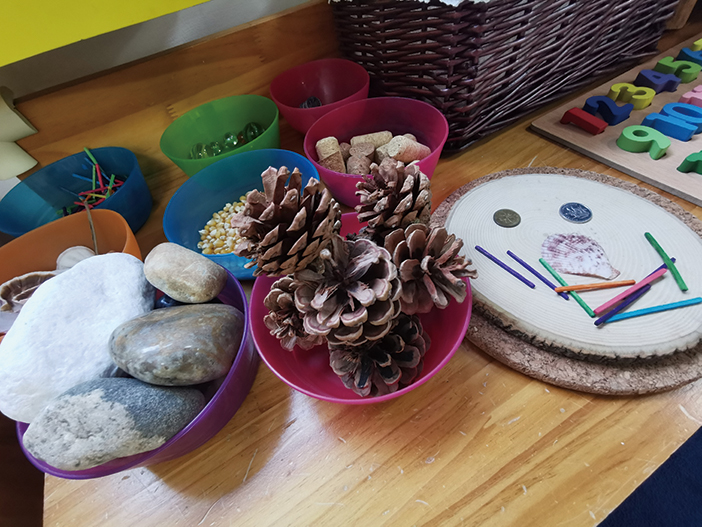 Despite admitting she sometimes feels lonely in Beijing at times, as do all foreigners at some point in time or another, Seager still says she is having a blast here. She also believes the future of creativity is bright, saying “I think the future of art and expression greatly depends on how we support it presently. I hope that artistic expression can become a daily habit for children by implementing and encouraging it in more classrooms and at home. This way children will grow into adults who can express themselves with confidence in a healthy way. Art is always changing, and new mediums are constantly being created. I think the future of art will be diverse, accepting, and exciting if people continue to produce art that challenges us and the way we think.”
Despite admitting she sometimes feels lonely in Beijing at times, as do all foreigners at some point in time or another, Seager still says she is having a blast here. She also believes the future of creativity is bright, saying “I think the future of art and expression greatly depends on how we support it presently. I hope that artistic expression can become a daily habit for children by implementing and encouraging it in more classrooms and at home. This way children will grow into adults who can express themselves with confidence in a healthy way. Art is always changing, and new mediums are constantly being created. I think the future of art will be diverse, accepting, and exciting if people continue to produce art that challenges us and the way we think.”
On what she believes her legacy in Beijing among her students will be, Seager put it simply, “I just hope I can help my students express themselves and have good self-esteem.” It is safe to say that a few years from now, as the new crop of Beijing’s elite artists takes the world by storm, Seager will be far more than an anecdote about a teacher’s artistic origins, and will be remembered with as much fondness and gratitude as she does her “Art Attack” start.
KEEP READING: Exploring Virtual Reality and The Future of Tech with Tomorrow’s Creatives
Images: Courtesy of Riley Seager
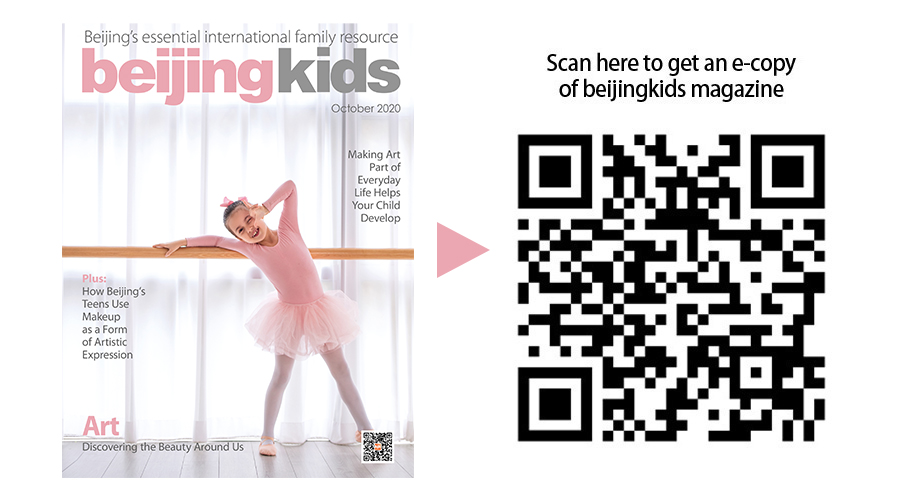 This article appeared in the beijingkids 2020 October issue
This article appeared in the beijingkids 2020 October issue

